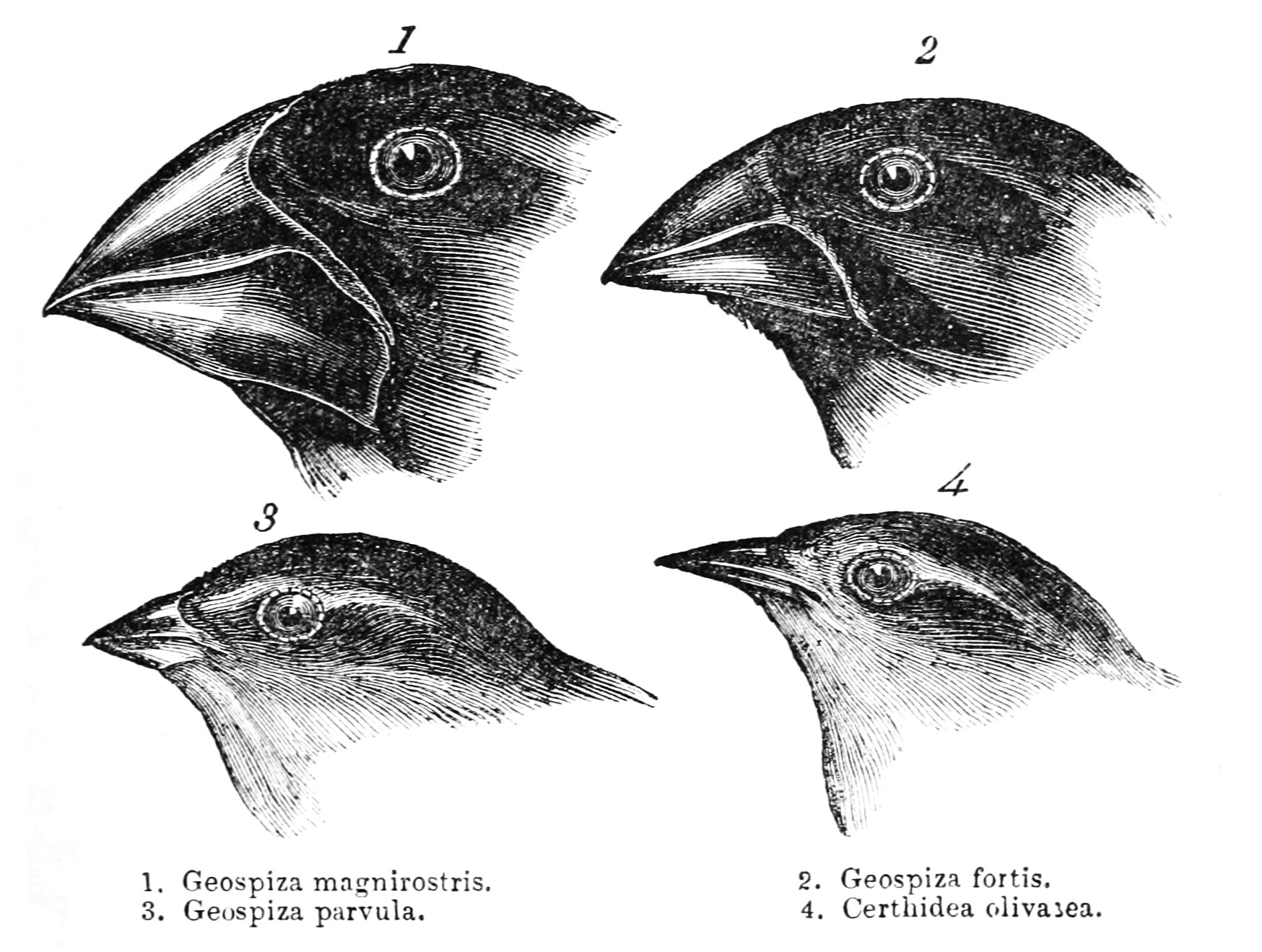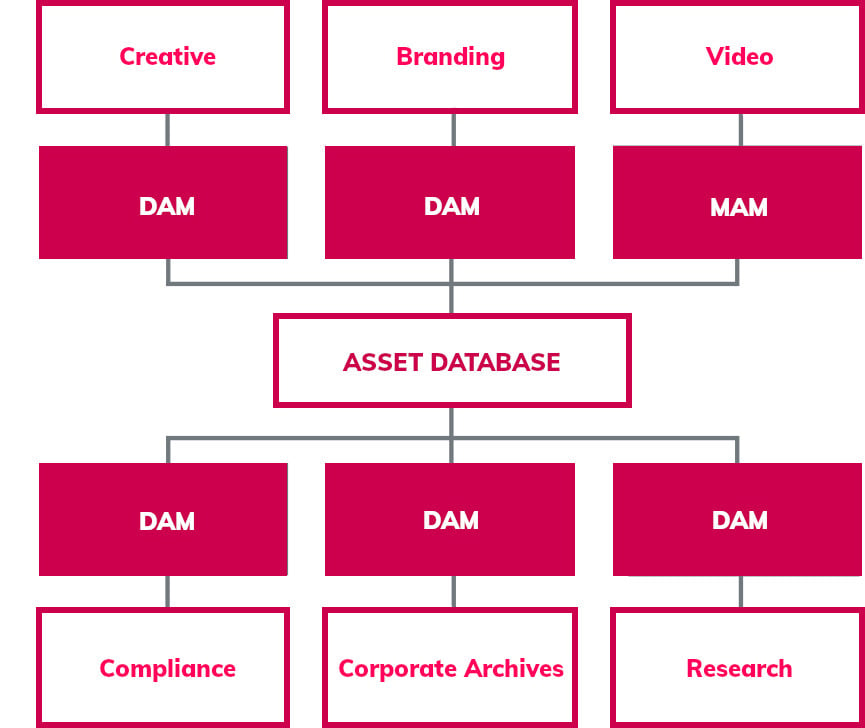Polymorphism defined
A polymorphic DAM adapts completely to the team it is meant to serve. You might remember the term “polymorphic” from high school biology when the topic turned to Charles Darwin. He discovered that finches that lived in different environments developed different forms and features, even though they were still finches. These different adaptations helped the finches thrive in their specific environment.


Applying Darwin to DAM
We take the principles Darwin described and apply them to technology. Though every department gets their own DAM, we change the look and functionality to match the needs and workflows of different departments. The digital asset management systems are polymorphic, adapted to the needs of individual departments.
Why you need a polymorphic DAM
A few of the reasons why a DAM for every department just works better.
- No silos: Information can be shared across departments easily because there’s one asset repository for everything.
- You don’t have to coordinate between departments: Just find out what each department needs for its own DAM.
- Each DAM is adapted to fit each team: Each department has its own custom DAM and there’s no need to find a one-size-fits-all solution. This boosts adoption and makes it more likely users will keep on using your DAM platform.
- It costs less: Pay for one DAM solution instead of finding multiple asset-sharing systems and workarounds.
- A polymorphic DAM is infinitely scalable: There’s no limit to how large your asset management solution can grow. We host organizations with more than a dozen departments that use petabytes of data—and we still have plenty of room available.
- It’s easier to maintain: You can keep a polymorphic DAM running with fewer personnel because it’s still just one system. Updates and adjustments can all be dealt with through a core team of DAM professionals.

Polymorphic DAM vs. Other DAM Models
There are other ways of structuring a DAM, of course, but they don’t necessarily give you everything you need.
One-Size-Fits-All DAM
Easy to use and seemingly low cost, a one-size-fits-all DAM presents well at first. However, it usually prioritizes the needs of just one department, leading to low adoption and limited scalability. Departments spend money purchasing tools to work around the by-the-numbers design of their DAM, making the savings on the cost of the DAM a moot point.
Best-in-Breed DAM
This type of DAM usually specializes in one type of department. They have high adoption rates, but only within one or two departments, creating silos. Though a best-in-breed DAM may offer “portals” to other departments, these are cosmetic and can’t necessarily offer real workflow tools to every department. It’s not a solution that can scale to a whole organization, which makes data governance more complicated.
Polymorphic DAM in Practice
So what does a polymorphic DAM look like? However you need it to look. Here are just a few examples of what you might see.
- Marketing DAM: Features a check-in/check-out system for assets, integrates with Adobe products, and allows for easy sharing on social media.
- Video MAM: Features video annotation, easy clip creation, integration with video tools like Adobe Premiere.
- Corporate Archives: Preservation system in line with internationally recognized standards. Granular permissions allow for both public and internal archives.
- Custom Collateral “Store”: Lets branches of your business access brochures, logos, and swag for events.
- Education: Host video tutorials, documentation, and other materials designed to education users.
- Compliance: Utilize detailed metadata and granular permissions to track copyrights or appropriate use of personal information. Use a DAM that complies with ISO27001, GDPR, HIPAA, and other regulations.
.png)

